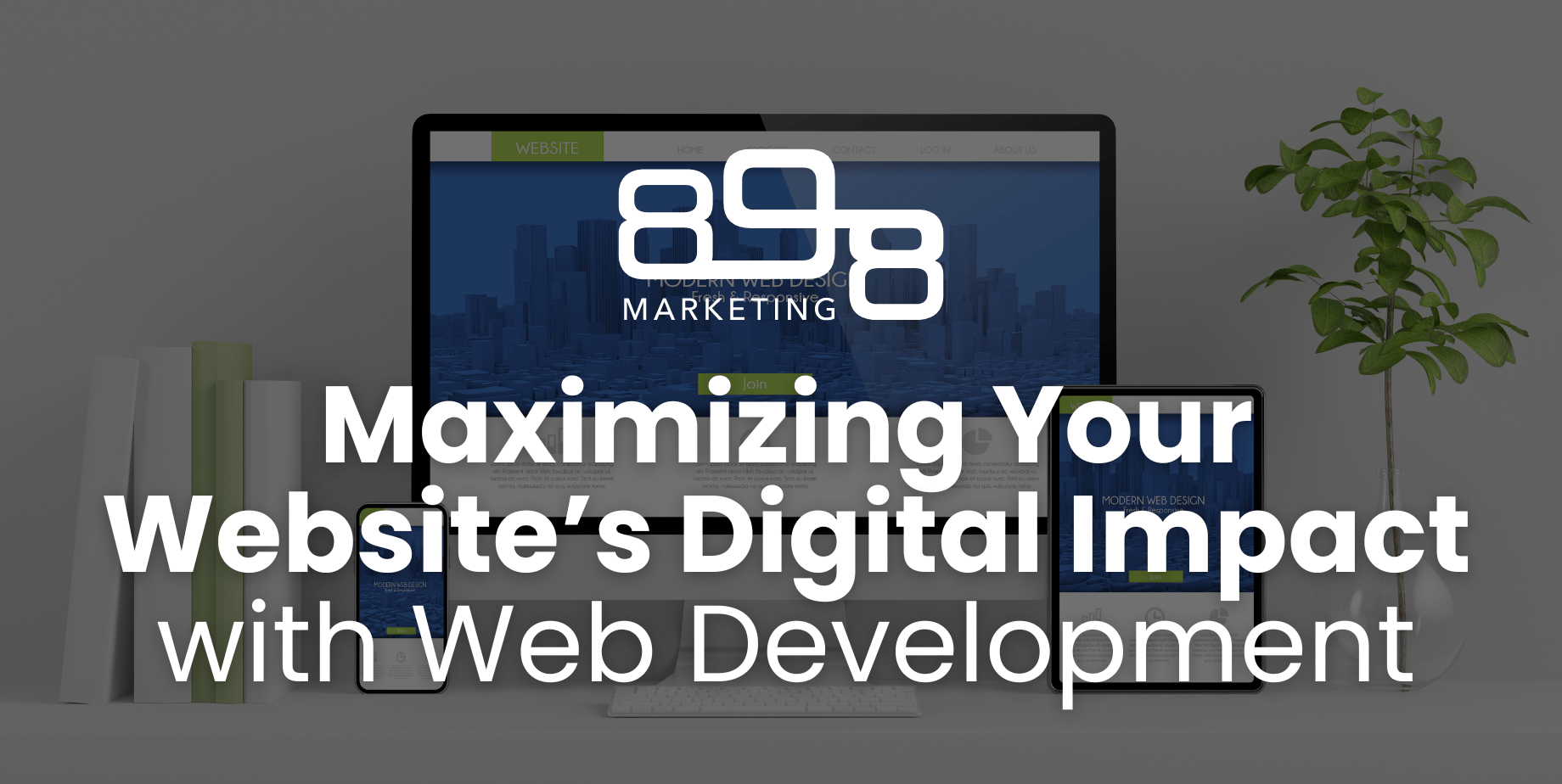
Programmatic Advertising Explained
- Ryan Peplowski
- December 16, 2021
- Blog
- brand awareness, digital advertisements, programmatic advertising, Ryan Peplowski
- 0 Comments
Over the years, digital advertising has undergone many evolutions. A major advancement came in the mid 2000’s when digital marketers began using algorithms developed by programmers to buy digital ads online. The algorithm was developed to identify and serve relevant ads to specific users. This form of advertising has become known as Programmatic Advertising.
While digital advertising has evolved, one thing that has remained constant is the importance of setting goals and measuring results. The top level goals we set for programmatic advertising campaigns fall into one or more of these categories: brand awareness, engagement, and conversions. Each one of the goals has a specific measurable result.
Setting the right goal
Brand Awareness is defined as the extent of which consumers are familiar with the distinctive qualities or image of a particular brand. It is most often achieved by reaching an audience consistently over time with repetition. In digital advertising, this is done by serving a set number of impressions over the course of a campaign. An impression is an ad that is served to a user that is in the specified audience. Impressions are purchased in groups of 1,000. The cost metric used is Cost Per Thousand Impressions (CPM) which can vary depending on the type of ad served and the audience you are trying to reach.
Brand Engagement is measured by the number of users that engage with the brand online (e.g. website, social media, google business listing, etc.). This engagement can be an ad click, a post ad impression click (the user is served an ad and doesn’t click on it but comes to the website at a later time), social media likes and comments, or even an online review. Brand engagement allows users to learn more about what the brand is about and how the product or service can benefit them.
Goal Conversions are custom actions defined by the advertiser. Many times, they are outcomes that lead to sales, whether directly or indirectly. Direct conversion or hard conversion examples are products added to the cart, products purchased online, click-to-call, online form submissions, or click-for-directions. Indirect conversion or soft conversion examples are landing page visits, time spent on the website, newsletter sign-ups, etc.
Building an audience
Within every advertising campaign, there is an audience or group of people the advertiser is trying to reach. Using a programmatic strategy allows advertisers to tap into data providers such as Dun and Bradstreet, Equifax, Experian, TransUnion, MasterCard, etc. Using this data can help advertisers target based on age range, income, credit score, job title, company and much more.
Additionally, programmatic advertising offers the ability for advertisers to target users based on behaviors such as in-store/online purchases, websites visited, memberships, etc. This is valuable because it allows advertisers to combine all the data into a custom audience leading to targeted ads that minimize waste.
Launching and optimizing campaigns
Once an advertiser has set their goal and built their audience the next step is launching the campaign. When the campaign is live the advertiser can monitor the campaign and let the algorithm identify and serve relevant ads to the defined audience. With any type of algorithms or artificial intelligence, however, human oversight is always required. This is where an optimization specialist comes into play. They can monitor the performance and override the original campaign with bid factors and adjust parameters. Human oversight helps ensure the campaign goals are being met in the most efficient way possible.
In Conclusion
The evolution of digital marketing has led to a programmatic marketing strategy that can identify and serve relevant ads to specific users. This strategy allows advertisers to choose a specific goal and optimize their campaign to hit their target audience while staying relevant in a fast-changing industry.
About The Author








Recent Comments